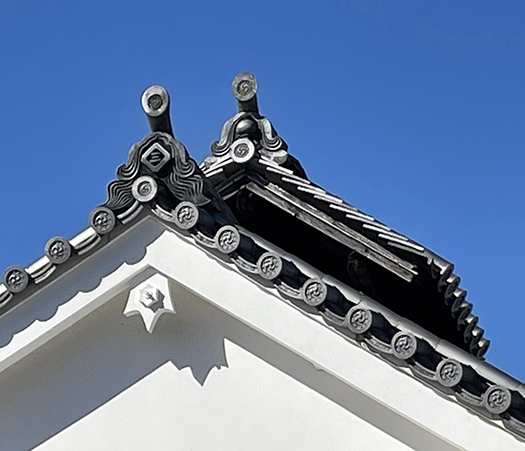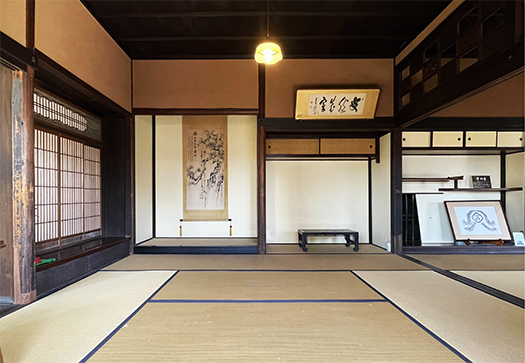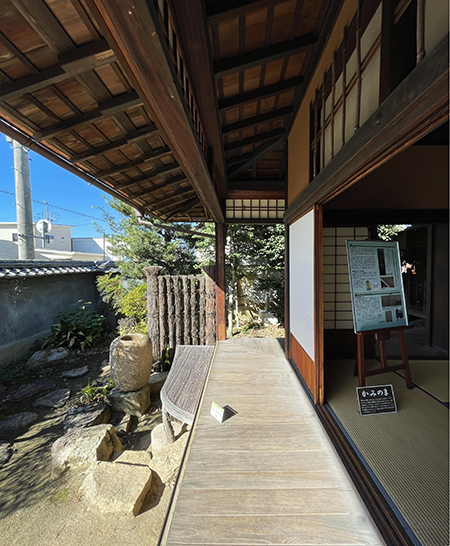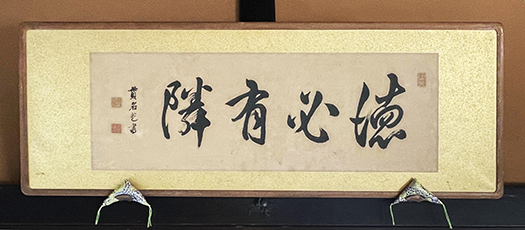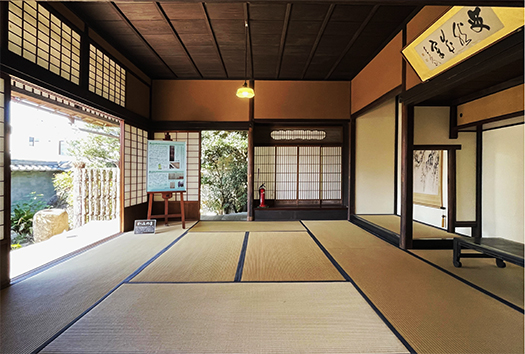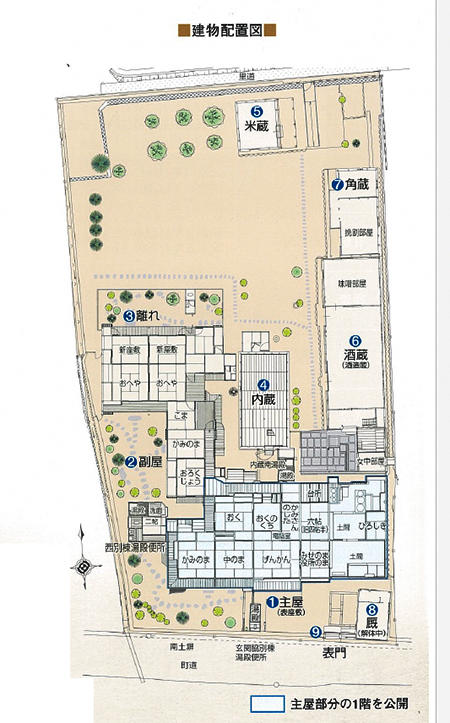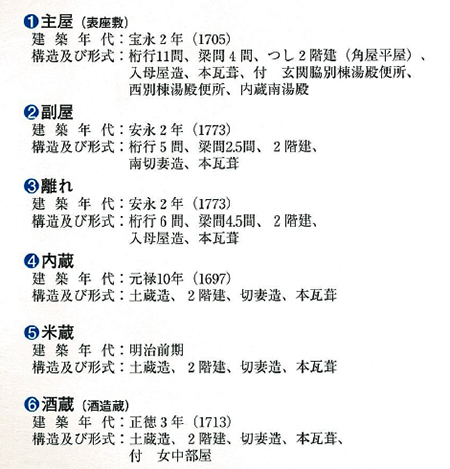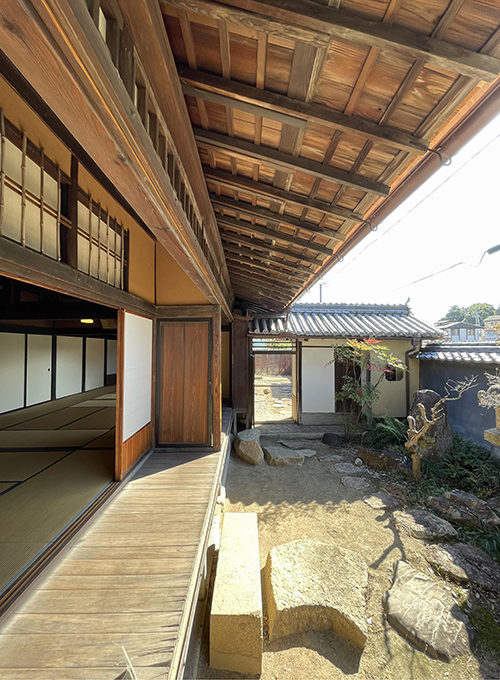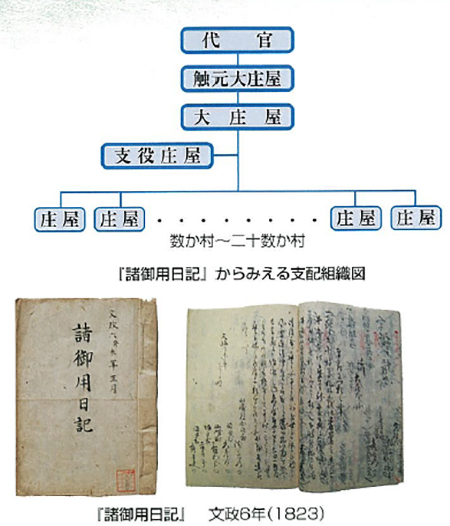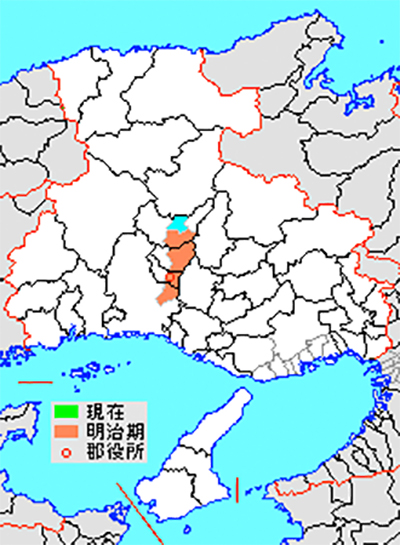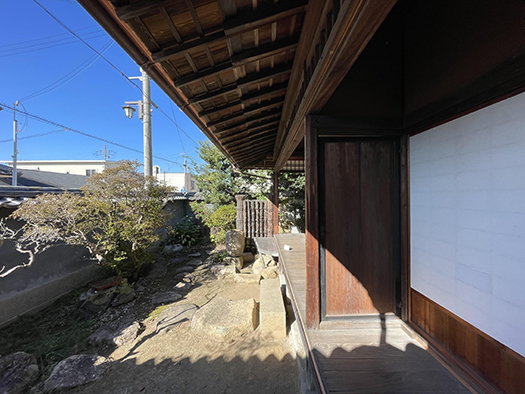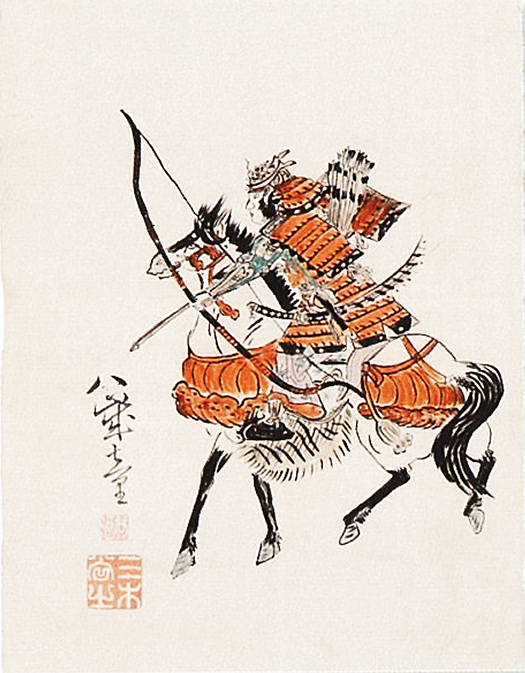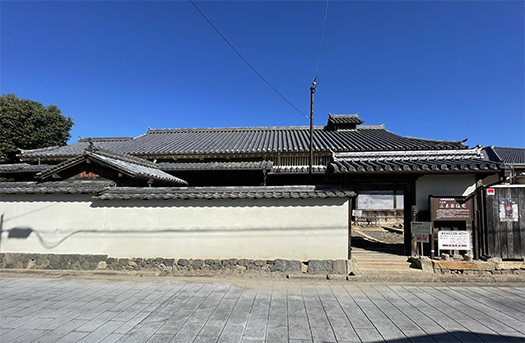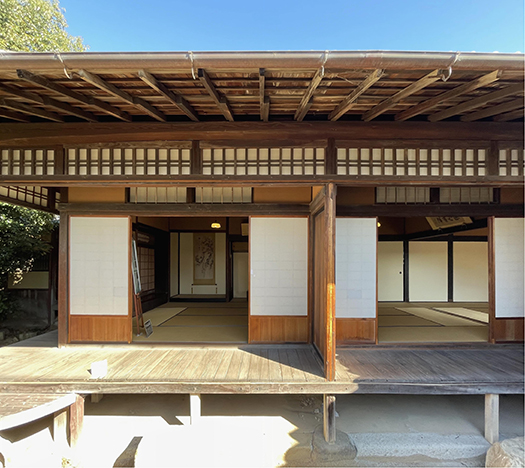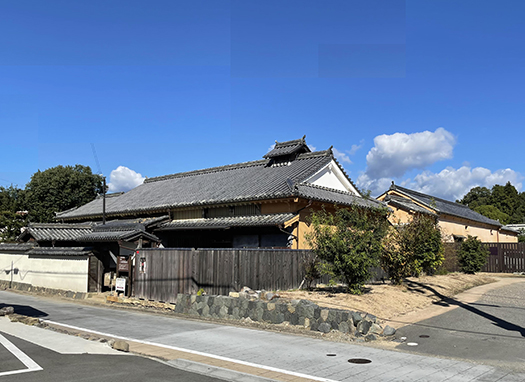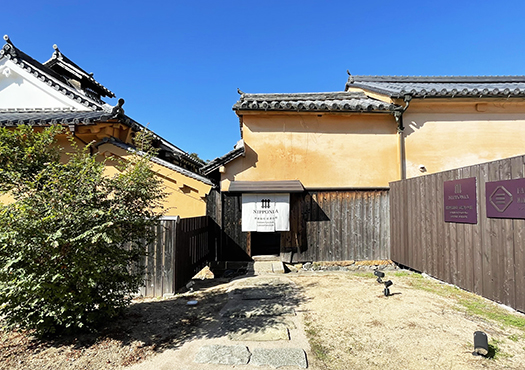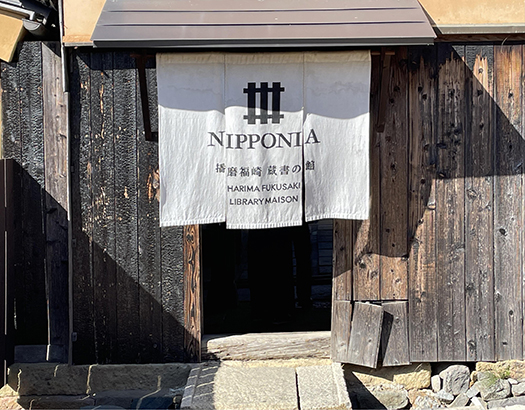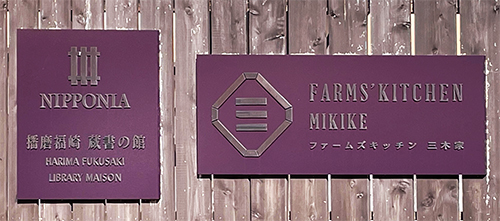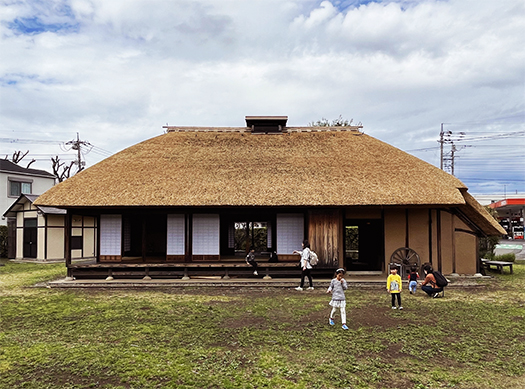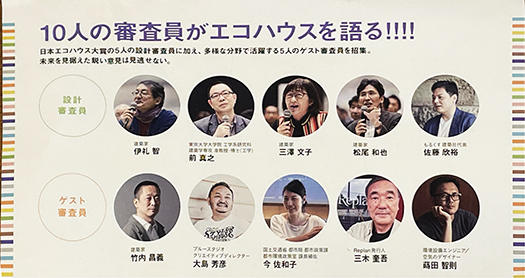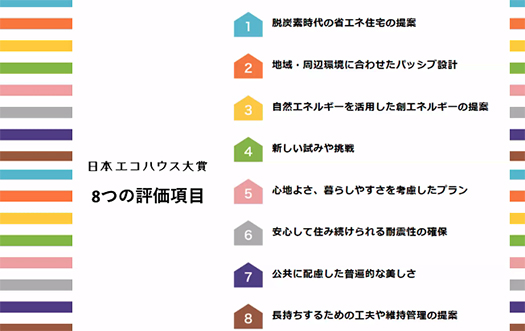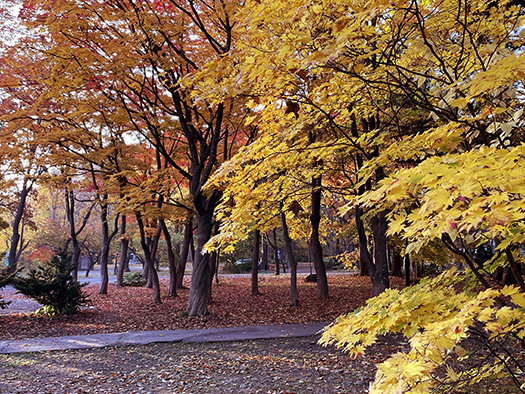
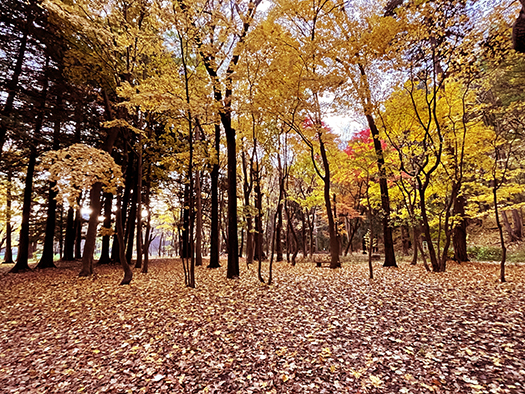
昨日まで兵庫県福崎の旧家の探訪記事を書いていました。拙ブログでは今後も「家と人」という基本テーマに則して、住宅を主にした建築と人間の関わりをシリーズ的に深掘り中心に書いていくつもりです。
休日でMac環境の中に大量の全国の住宅・建築の歴訪記録写真が確認されています。そうした訪問体験をまとめていきたい。その合間合間に箸休めとして時候的なブログを挟み込みたい。どうぞよろしく。
写真は数日前の札幌円山公園の様子です。前日から降雨が続いていて、どうかなぁと思っていたら案の定、落葉が一気に進んで、冬に向けてまっしぐらといったところ。
本州地域、鳥取の砂丘では11月としては異常な高温で28度にもなったという。札幌でも最高気温が20度にもなるような高温傾向が続いていますが、今年の札幌はとにかく「雪虫」の大量発生が特徴であります。夏の異常な暑さが、雪虫大量発生に繋がっているだろうことはあきらか。
例年では数日程度の期間、それもまさか目にまで飛び込んでくるようなことは考えられなかったのですが、どうも目がチカチカするので、微細なかれらが目に入ってしまうのではないかと思います。通りを歩いているひとを観察していると、さかんに前方を払う仕草を見せています。
例年であれば錦秋の風情に没入していられたのですが、どうも今年は勝手が違う。
一応、仕事関係については一区切りをつけたあと、今後の環境として新会社を設立しているのでそちらのほうの環境設定作業に向かいたいのですが、なかなか「整理整頓」には時間と労力がハンパなくかかることを知らされます。自分一個のことではなく多くの関係のなかでのことなので、やむを得ざる不自由感。
よく会社は、作るとき以上に、整理する段階で倍以上の労力がかかる、というように言われますが、まことに身を以て知らされている状況。まぁ、すべてにスッキリした環境というのはあり得ないのでしょうね。そういった諦念とともに生きるのが大切なのかも。
いまは虫が教えてくれる季節感ですが、本物の雪が降ってくる前にはなんとか新環境のなかで本格的に活動していたいと念願しているところであります。
English version⬇
[Nishiki autumn deepens with each rainfall, carpets of fallen leaves]
After experiencing a complete change in my work environment, I have not been able to finish sorting out the remaining work (tears). I can’t seem to free up the pace of my work. …
Until yesterday, I was writing an article about an exploration of an old house in Fukusaki, Hyogo Prefecture. In my blog, I intend to continue to write a series of in-depth articles on the relationship between architecture and human beings, mainly houses, in accordance with the basic theme of “houses and people.
A large number of photos documenting my visits to houses and architecture all over Japan have been found in the Mac environment during my holidays. I would like to summarize the experience of such visits. In between, I would like to insert a blog as a break from the blogging. Thank you in advance.
The photo shows Maruyama Park, Sapporo, a few days ago. It had been raining since the day before and I was wondering how it would turn out, but as I expected, the leaves have fallen all at once and it looks like it is heading straight for winter.
In the Honshu area, the dunes in Tottori reached a temperature of 28 degrees Celsius, which is unusually high for November. In Sapporo, too, the trend of high temperatures continues, with the highest temperature reaching 20 degrees Celsius, but this year’s Sapporo is characterized by a large number of “snow bugs” anyway. It is obvious that the unusually hot summer is probably connected to the massive outbreak of snow bugs.
In previous years, it was unthinkable that snow bugs would be present for a period of only a few days, and that they would even jump into our eyes, but apparently, our eyes are flickering, so we think that minute specks of them may be getting into our eyes. When I observe people walking on the street, they often make a gesture of paying attention in front of them.
In past years, I would have been able to immerse myself in the atmosphere of autumn, but this year is different.
After I have finished my work-related matters, I would like to go to work on setting up a new company as my future environment, but I am informed that it takes a lot of time and effort to “get things in order. However, I am informed that it takes a lot of time and effort to “get organized.” It is an unavoidable inconvenience because it is not about me alone, but about many relationships.
It is often said that it takes more than twice as much effort to organize a company as it does to create it, and I am learning that firsthand. Well, I guess there is no such thing as a clean environment. Perhaps it is important to live with such resignation.
The insects are telling me about the season, but I am hoping to be fully active in the new environment before the real snow starts to fall.
Posted on 11月 5th, 2023 by 三木 奎吾
Filed under: 日本社会・文化研究 | No Comments »


